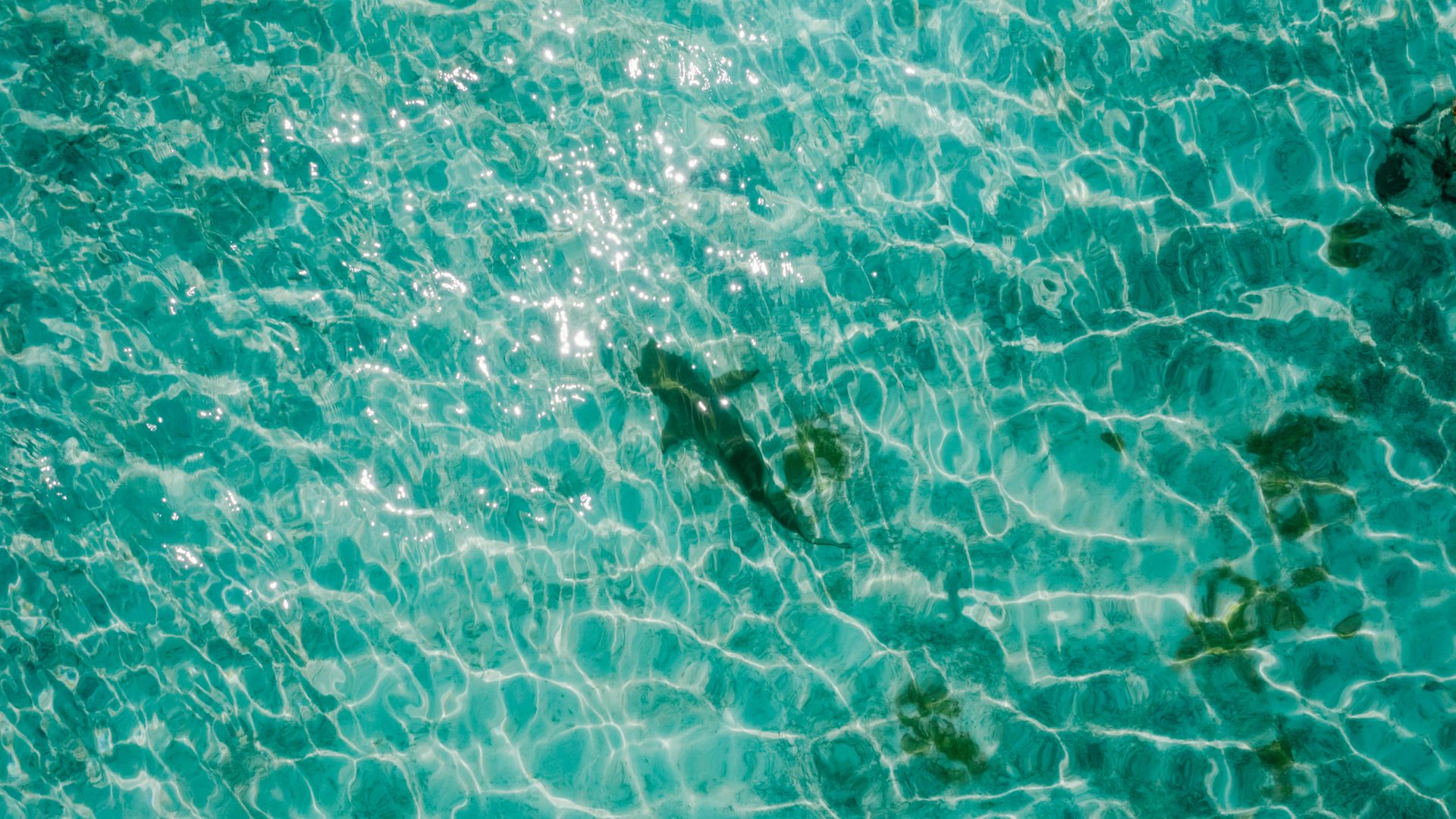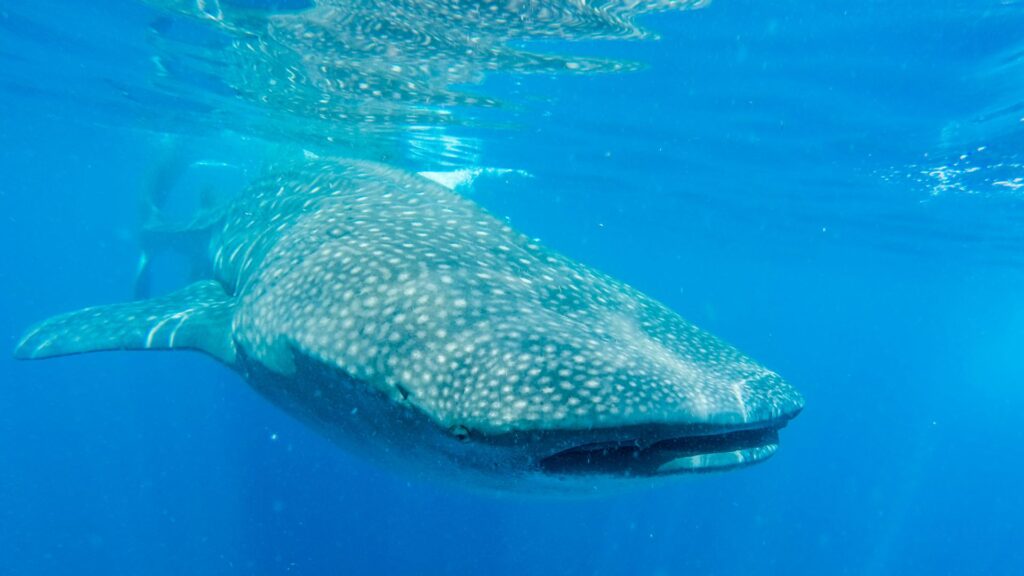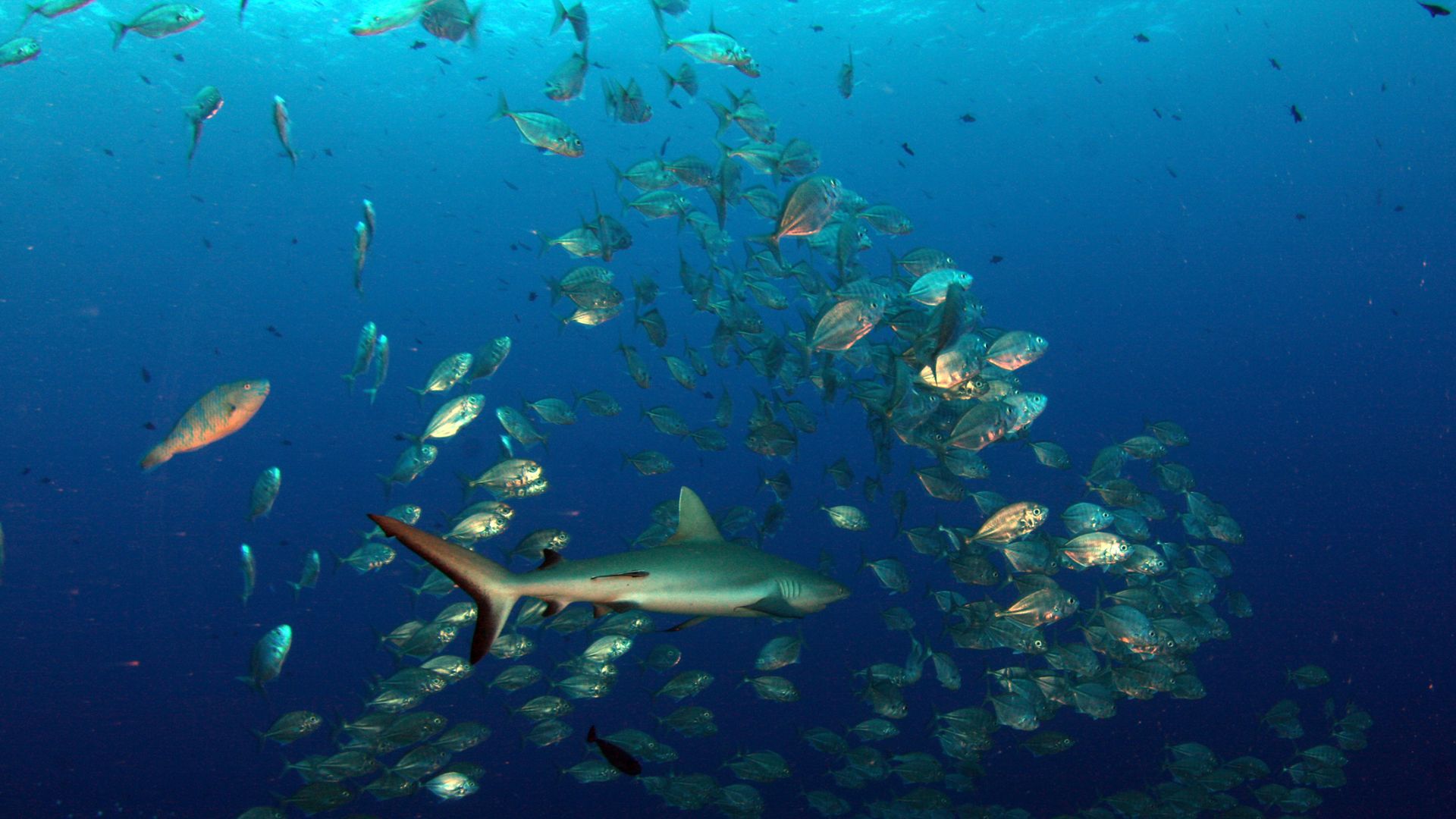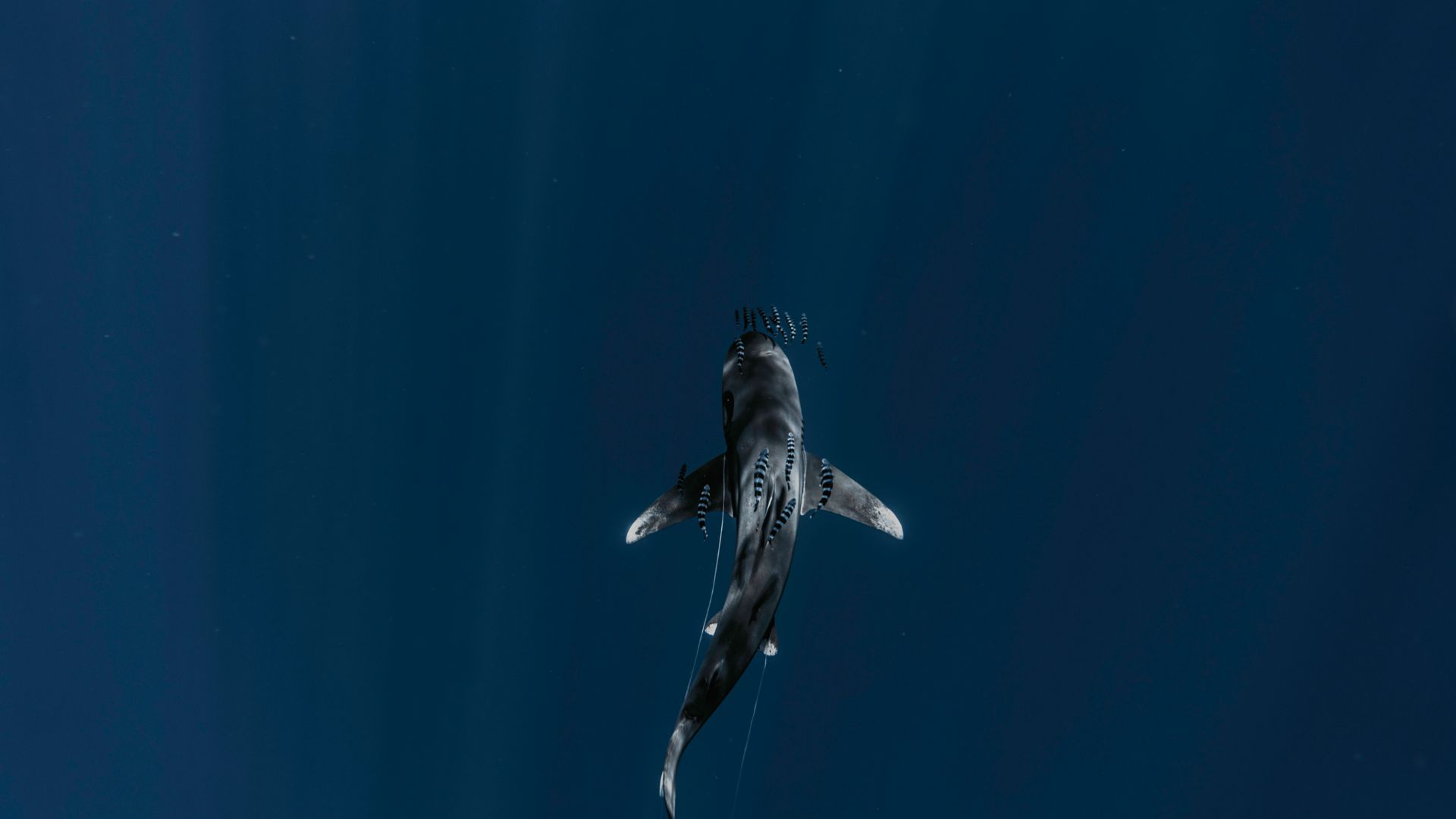
The evolution of sharks: How these ancient creatures have survived for millions of years
The Evolution of Sharks: How These Ancient Creatures Have Survived for Millions of Years
Sharks have roamed the oceans for over 400 million years, long before the rise of dinosaurs, and they’ve outlived many other species throughout the course of Earth’s history. These ancient creatures have survived the most dramatic changes to the planet’s ecosystems, making them one of the most successful evolutionary survivors. From the Devonian period to the present day, sharks have evolved and adapted in remarkable ways, solidifying their role as apex predators in the oceans.
In this article, we’ll explore the evolutionary journey of sharks, how they’ve adapted to survive, and what makes them so unique compared to other ancient marine creatures:
- Sharks through the ages
- Adaptations that helped sharks survive
- Specialized senses
- Sharks and other marine life
- Real survivors: Sharks have been here for over 400 million years

Sharks through the ages
Sharks have a fascinating evolutionary history that dates back to the Devonian period, roughly 400 million years ago, a time often referred to as the “Age of Fishes.” During this time, sharks were among the earliest fish to evolve, emerging as a highly successful and diverse group. The first sharks were quite different from the ones we know today—smaller, with less developed teeth, and often with a more primitive body structure.
As millions of years passed, sharks continued to evolve and diversify, eventually giving rise to different families, such as the ancestors of modern Great Whites, Hammerheads, and Tiger Sharks. Key evolutionary milestones include the development of cartilage instead of bones, which made sharks lighter and more flexible, allowing them to become more agile hunters. The first sharks also developed a variety of specialised features, like sharp, serrated teeth, which made them formidable predators capable of hunting a wider range of prey.
Throughout history, sharks have managed to adapt to changing environments, including the rise and fall of continents, the movement of oceans, and changes in climate. Sharks survived the Permian extinction—one of Earth’s largest extinction events—around 252 million years ago, which wiped out around 90% of marine species. This resilience, combined with their ability to adapt to different habitats, helped sharks continue to thrive.
One of the most significant periods for sharks came during the Mesozoic era, when they diversified into the many species we are familiar with today. While many other ancient marine creatures, such as ichthyosaurs and plesiosaurs, went extinct, sharks continued to evolve and adapt, making them one of the oldest living species on Earth. Even today, the basic design of sharks remains largely unchanged, proving how successful their evolutionary strategy has been.
Adaptations that helped sharks survive
Sharks are often regarded as one of nature’s most perfectly evolved creatures, and their survival over millions of years is a testament to their remarkable adaptations. One of the key reasons sharks have persisted for so long is their ability to adapt to a wide variety of environments and changing conditions in the ocean.
Streamlined bodies
Sharks are known for their sleek, streamlined bodies, which are built for speed and efficiency in the water. Their torpedo-shaped design reduces drag and allows them to move through the water with minimal resistance. This streamlined body structure has allowed sharks to become some of the fastest swimmers in the ocean, with species like the Mako Shark reaching speeds of over 60 miles per hour. Speed is essential for both hunting and escaping predators, and sharks have perfected this ability over millions of years.
Sharp teeth and jaws
Another key adaptation is sharks’ sharp, serrated teeth, which are designed for tearing and cutting through flesh. Depending on their diet, sharks have developed different types of teeth. For example, Great White Sharks have triangular teeth perfect for slicing through seals, while Tiger Sharks have jagged teeth ideal for eating a variety of prey, including turtles and fish. Shark teeth are constantly replaced throughout their lifetime, which ensures they always have a fresh set of tools for hunting.

Specialized senses
Sharks possess highly developed senses that help them navigate their environments and locate prey. One of their most extraordinary abilities is their sense of smell. Sharks can detect a single drop of blood in an Olympic-size swimming pool, which is vital for locating injured or dying prey. Additionally, sharks have electroreceptors known as ampullae of Lorenzini, which allow them to detect the weak electrical signals emitted by other marine animals. This is especially useful in dark or murky waters, where vision is limited.
Sharks’ keen vision, especially in low-light conditions, also plays a crucial role in their survival. Many shark species have a reflective layer behind their retinas, called the tapetum lucidum, which enhances their vision in dim light. This adaptation is particularly useful when hunting at night or in the depths of the ocean.
Sharks and other marine life
When comparing sharks to other ancient marine creatures, such as ichthyosaurs (marine reptiles that lived alongside the dinosaurs), the survival of sharks is even more impressive. While many ancient marine species, including ichthyosaurs and plesiosaurs, went extinct during various mass extinction events, sharks have persisted and evolved into the species we know today.
Ichthyosaurs, for example, were once top predators of the ocean, resembling modern dolphins in their body shape. Despite their initial success, they eventually went extinct around 90 million years ago. Sharks, on the other hand, outlived these creatures, evolving into a wide variety of forms to suit different ecological niches. Unlike ichthyosaurs, which had to rely on their streamlined bodies to catch prey, sharks developed a combination of speed, stealth, and advanced hunting strategies, allowing them to remain at the top of the food chain.
Sharks’ survival in the face of such competition and environmental changes demonstrates their evolutionary advantage. They have a proven formula for success, characterised by their ability to adapt, diversify, and thrive in a range of habitats—from shallow coastal waters to the deep ocean.
Real survivors: Sharks have been here for over 400 million years
The survival of sharks for over 400 million years is a remarkable achievement in the world of evolutionary biology. Sharks have undergone numerous changes over time, adapting to a variety of environments, and developing features that make them highly efficient predators. Their streamlined bodies, sharp teeth, and sophisticated senses are all key factors that have helped sharks maintain their dominance in the oceans.
Let’s recap today’s article:
- Sharks have existed for over 400 million years, evolving from early fish species in the Devonian period to the apex predators we know today, surviving through various mass extinctions.
- Sharks have developed key features for survival, including streamlined bodies for speed, sharp teeth for hunting, and specialized senses like exceptional smell and electroreception for detecting prey in dark or murky waters.
- Sharks have outlived other ancient marine predators, such as ichthyosaurs, due to their ability to adapt and diversify into various species capable of thriving in different ocean habitats.
- Sharks regulate prey populations and maintain marine biodiversity by controlling the numbers of smaller fish and predators, ensuring healthy ecosystems and preventing overgrazing of vital resources like coral reefs.
- Despite their evolutionary success, sharks now face threats from overfishing, habitat destruction, and the shark fin trade, making conservation efforts essential for preserving both sharks and ocean health.
Understanding the evolution of sharks not only helps us appreciate their unique place in the animal kingdom, but it also underscores the importance of their conservation. Sharks have survived countless environmental changes and challenges, but today they face significant threats due to human activity. Overfishing, habitat destruction, and the shark fin trade are putting immense pressure on shark populations. If we want to ensure these ancient creatures continue to thrive, we must commit to their protection and preserve the health of our oceans.
Sharks are more than just survivors; they are essential to the balance of marine ecosystems. Protecting them is not just about preserving a species, but about safeguarding the oceans themselves. Their survival is intertwined with the health of the ocean, and by conserving sharks, we are ensuring the future of marine life for generations to come.


